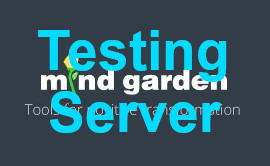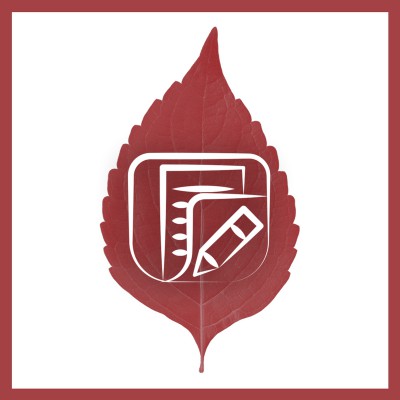Alternate Uses (Guilford's Alternate Uses)
Authors: J.P. Guilford, Paul R. Christensen, Philip R. Merrifield, & Robert C. Wilson
Alternate Uses (also known as Guilford's Alternate Uses) is a revised and improved form of the test Unusual Uses, which was originally designed (Wilson, Guilford, Christensen & Lewis, 1954) to represent an expected factor of "flexibility of thinking" in an investigation of creative thinking. Each item represents the name of well-known object, such as a newspaper, with a statement of its ordinary use. The participant is to list as many as six other, uncommon uses for the object, in the time allowed.
The Alternate Uses score relates to:
- Originality
- Fluency
- Flexibility
- Elaboration
In both forms, Alternate Uses is divided into two separately timed parts of three items each, in order to help the survey participants to distribute their time more equitably among the items. Forms B and C were designed for those test administrators who want two comparable forms of the test, or who would like to increase reliability of measurement by applying both forms. The original Form A has been discontinued although it may be reconstructed using Forms B and C along with instructions in the manual.
Copyright © 1960 Sheridan Supply Co.

 SEARCH
SEARCH LOGIN
LOGIN  BLOG
BLOG
 CART
CART
